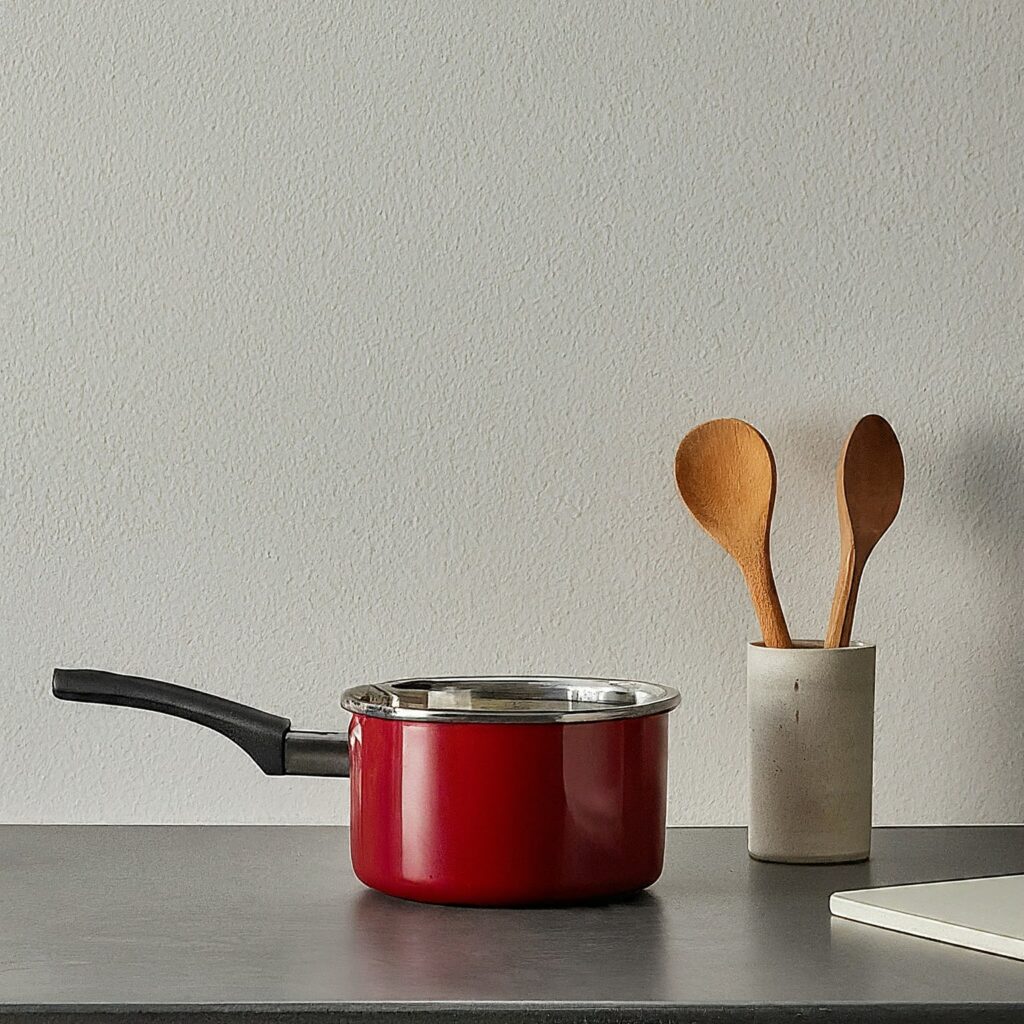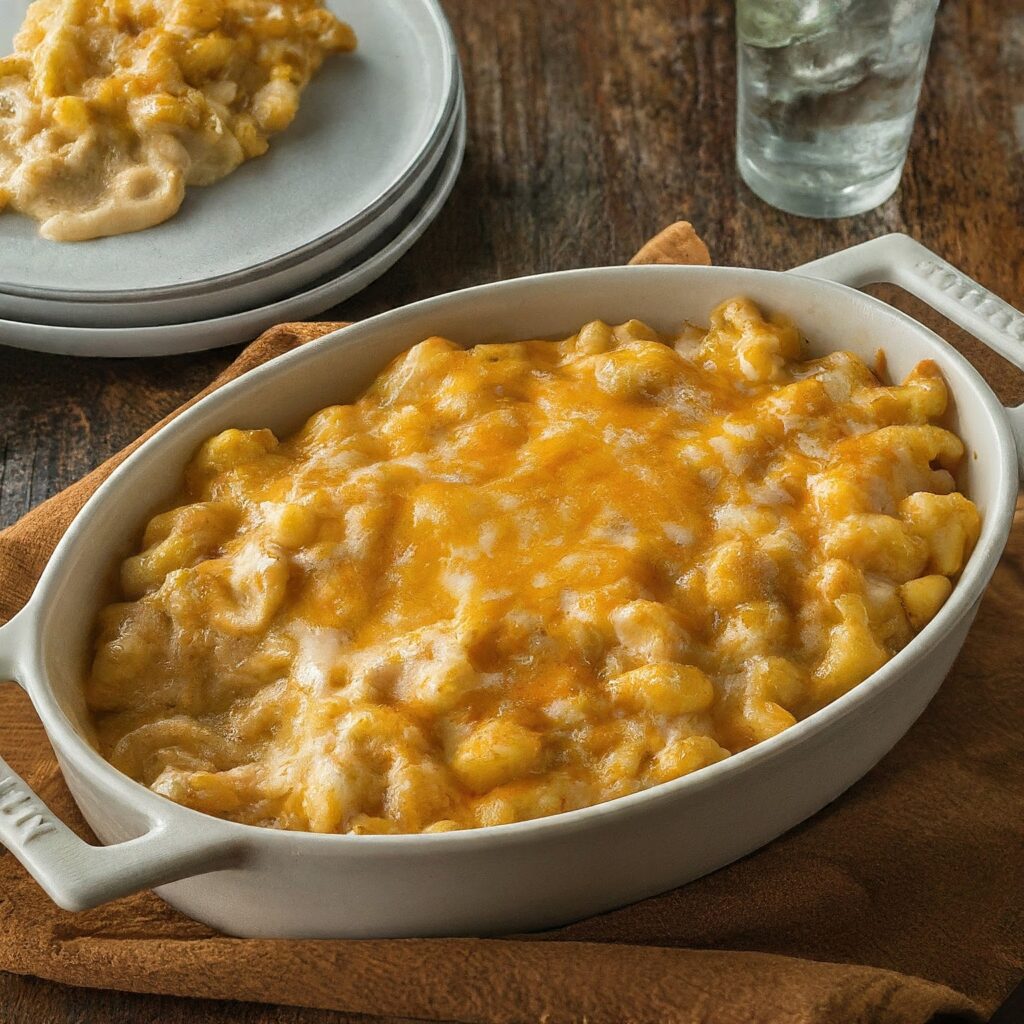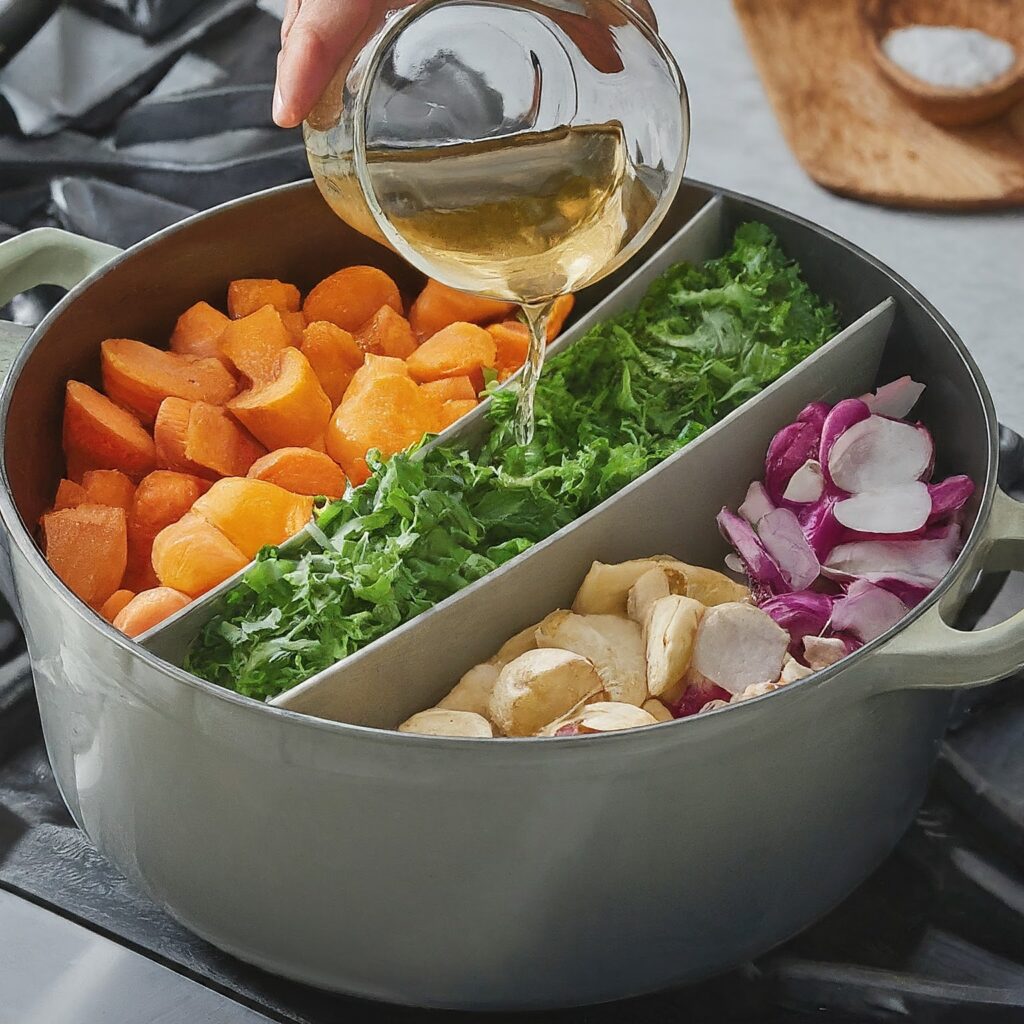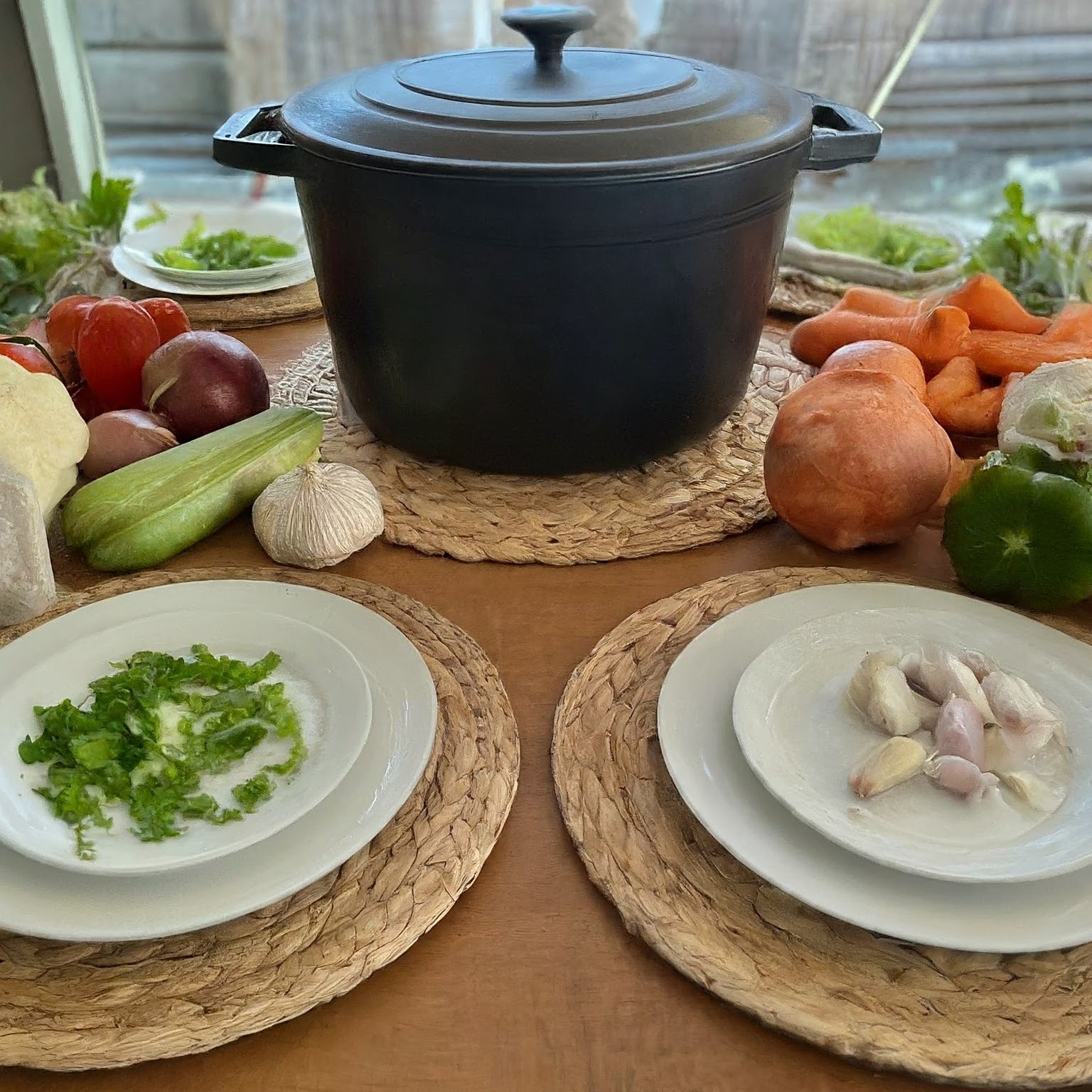Introduction to One-Pot Cooking
One-pot meals are a game-changer in the kitchen, offering simplicity, convenience, and delicious results. The concept is straightforward: prepare a complete meal using just one pot, minimizing cleanup and maximizing flavor. From hearty stews to vibrant paellas, one-pot dishes are versatile and adaptable, making them perfect for busy weeknights or relaxed weekend dinners.

Benefits of One-Pot Meals
- Ease and Convenience:
- Cooking everything in one pot reduces the number of dishes to wash, saving time and effort in the kitchen.

- Enhanced Flavor:
- Ingredients cook together, allowing flavors to meld and develop, resulting in richer and more complex tastes.
- Nutritional Balance:
- One-pot meals can be easily customized to include a variety of vegetables, proteins, and grains, ensuring a well-balanced diet.
- Versatility:
- One-pot recipes can be adapted to different cuisines and dietary preferences, making them suitable for everyone.
- Efficient Cooking:
- One-pot meals often require less hands-on time, allowing you to focus on other tasks while your meal simmers to perfection.
Popular One-Pot Recipes
- Paella:
- A classic Spanish dish featuring saffron-infused rice, seafood, chicken, and vegetables, all cooked together in a single pan for a burst of vibrant flavors.

- Jambalaya:
- A Creole favorite from Louisiana, jambalaya combines rice, sausage, chicken, and shrimp with a blend of aromatic spices for a hearty, flavorful meal.

- Casseroles:
- Versatile and comforting, casseroles can be made with a variety of ingredients like pasta, rice, vegetables, and proteins, all baked together for a warm and satisfying dish.

- Chili:
- A robust and spicy stew made with beans, ground meat, tomatoes, and a mix of chili spices, perfect for cold weather or casual gatherings.
- Ratatouille:
- A French Provençal dish made with a medley of vegetables like eggplant, zucchini, bell peppers, and tomatoes, cooked together for a flavorful and healthy meal.
Tips for Making the Most of Your One-Pot Dishes

- Layering Ingredients:
- Start with ingredients that take longer to cook, adding quicker-cooking items later to ensure everything is perfectly cooked.
- Choosing the Right Pot:
- Use a pot with a heavy bottom and tight-fitting lid to ensure even heat distribution and proper cooking.
- Adjusting Liquids:
- Keep an eye on the liquid levels, adding more if necessary to prevent sticking or drying out.
- Maximizing Flavor:
- Sauté aromatics like onions, garlic, and spices at the beginning to build a strong flavor base for your dish.
- Maintaining Texture:
- Add delicate vegetables and herbs towards the end of cooking to preserve their color and texture.
Common Mistakes and How to Avoid Them

- Overcrowding the Pot:
- Avoid adding too many ingredients at once, as this can lead to uneven cooking and mushy textures.
- Neglecting to Stir:
- Stir occasionally to prevent sticking and ensure even cooking, but don’t overdo it as it can break down ingredients.
- Not Tasting as You Go:
- Season gradually and taste throughout the cooking process to adjust flavors and ensure a well-balanced dish.
- Ignoring Cook Times:
- Pay attention to the specific cook times for different ingredients to avoid overcooking or undercooking.
- Skipping the Deglaze:
- Deglaze the pot with a splash of wine, broth, or water after sautéing to lift the flavorful bits from the bottom and incorporate them into the dish.
Embrace the magic of one-pot meals to simplify your cooking routine and delight your taste buds with rich, well-balanced flavors. With a variety of recipes to choose from and some handy tips, you’ll be able to create satisfying meals with minimal cleanup and maximum enjoyment. Whether you’re a seasoned chef or a beginner in the kitchen, one-pot cooking offers endless possibilities for delicious and stress-free dining.
